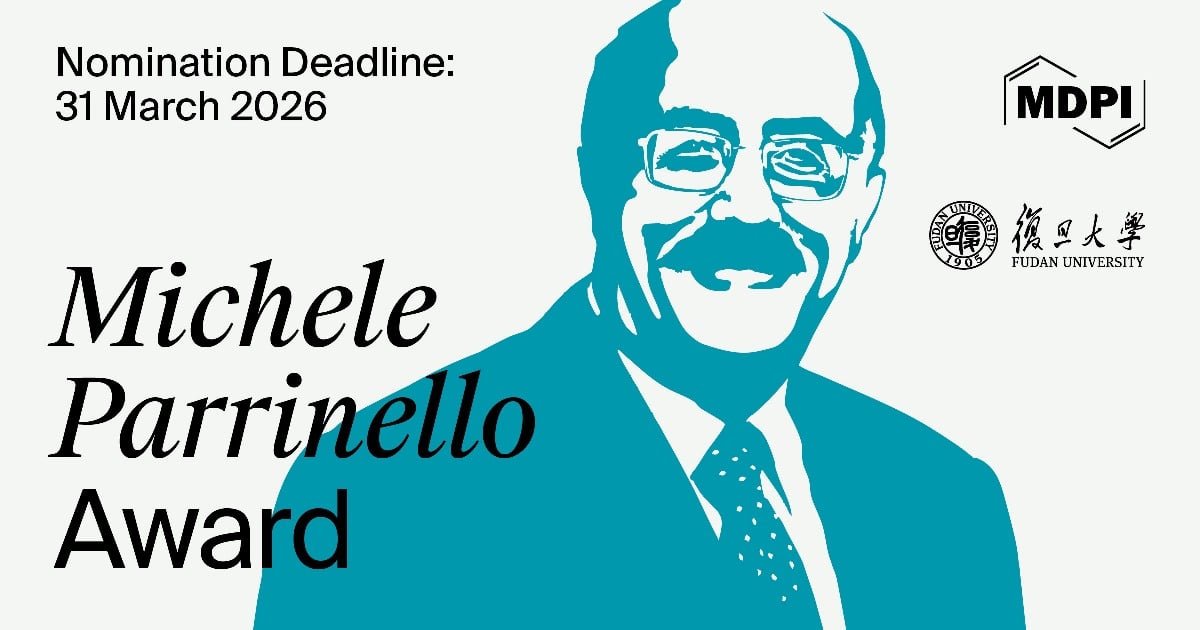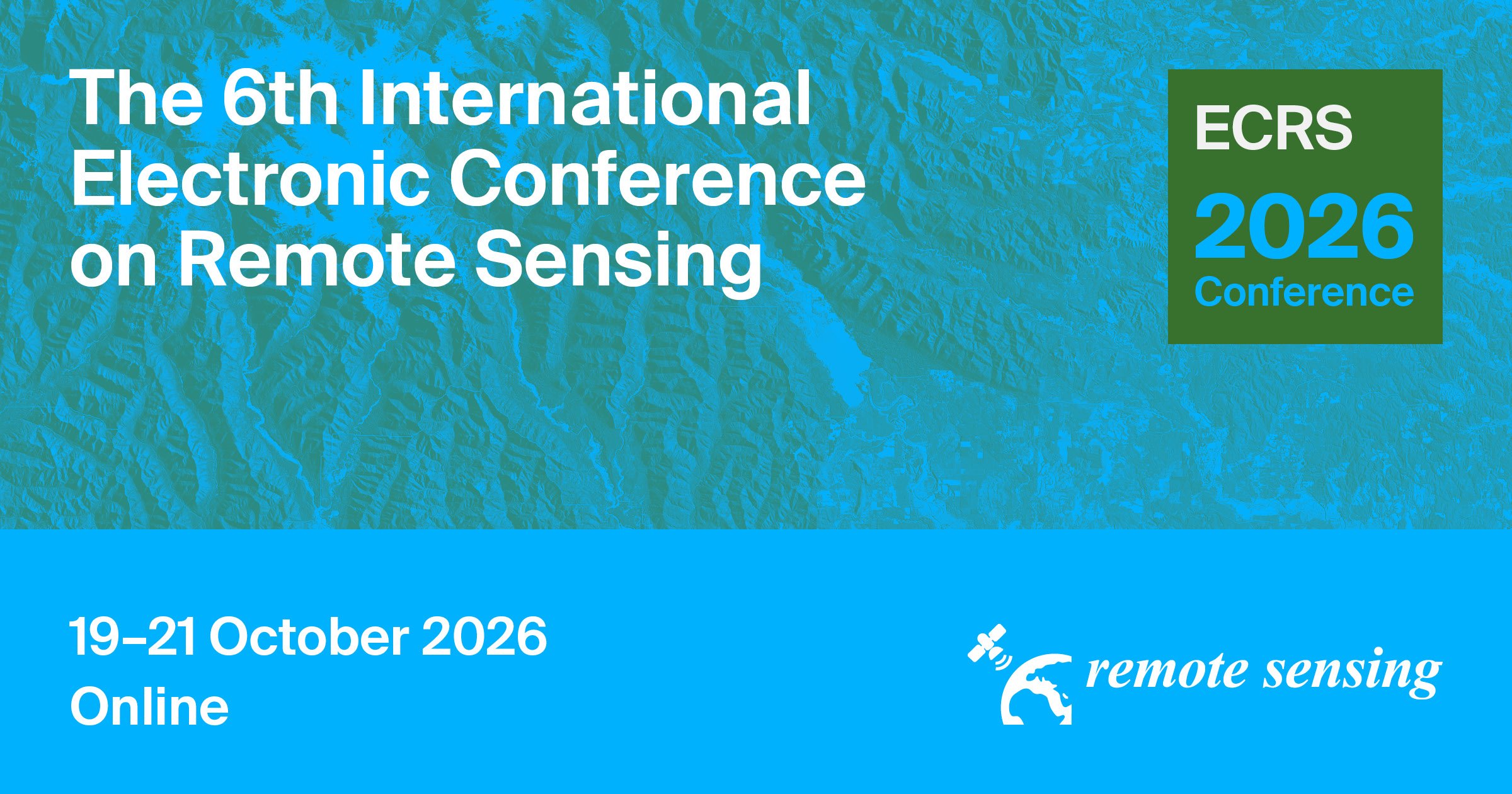-
 Evidence Synthesis and Knowledge Integration for Sustainable Peatland Management
Evidence Synthesis and Knowledge Integration for Sustainable Peatland Management -
 From Historical Maps to LiDAR Data-Enhancing Landscape Ecological Research
From Historical Maps to LiDAR Data-Enhancing Landscape Ecological Research -
 A Powerful Approach in Visualization: Creating Photorealistic Landscapes with AI
A Powerful Approach in Visualization: Creating Photorealistic Landscapes with AI -
 Drought Mapping in the Mediterranean: Toward Climate Adaptation
Drought Mapping in the Mediterranean: Toward Climate Adaptation
Journal Description
Land
- Open Access— free for readers, with article processing charges (APC) paid by authors or their institutions.
- High Visibility: indexed within Scopus, SSCI (Web of Science), PubAg, AGRIS, GeoRef, RePEc, and other databases.
- Journal Rank: JCR - Q2 (Environmental Studies) / CiteScore - Q1 (Nature and Landscape Conservation)
- Rapid Publication: manuscripts are peer-reviewed and a first decision is provided to authors approximately 16 days after submission; acceptance to publication is undertaken in 2.4 days (median values for papers published in this journal in the first half of 2025).
- Recognition of Reviewers: reviewers who provide timely, thorough peer-review reports receive vouchers entitling them to a discount on the APC of their next publication in any MDPI journal, in appreciation of the work done.
Latest Articles
Highly Accessed Articles
Latest Books
E-Mail Alert
News
MDPI Launches the Michele Parrinello Award for Pioneering Contributions in Computational Physical Science

Topics
Deadline: 30 November 2025
Deadline: 31 December 2025
Deadline: 1 January 2026
Deadline: 31 January 2026
Conferences


Special Issues
Deadline: 11 November 2025
Deadline: 12 November 2025
Deadline: 14 November 2025
Deadline: 15 November 2025


























